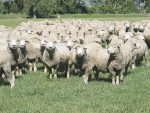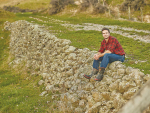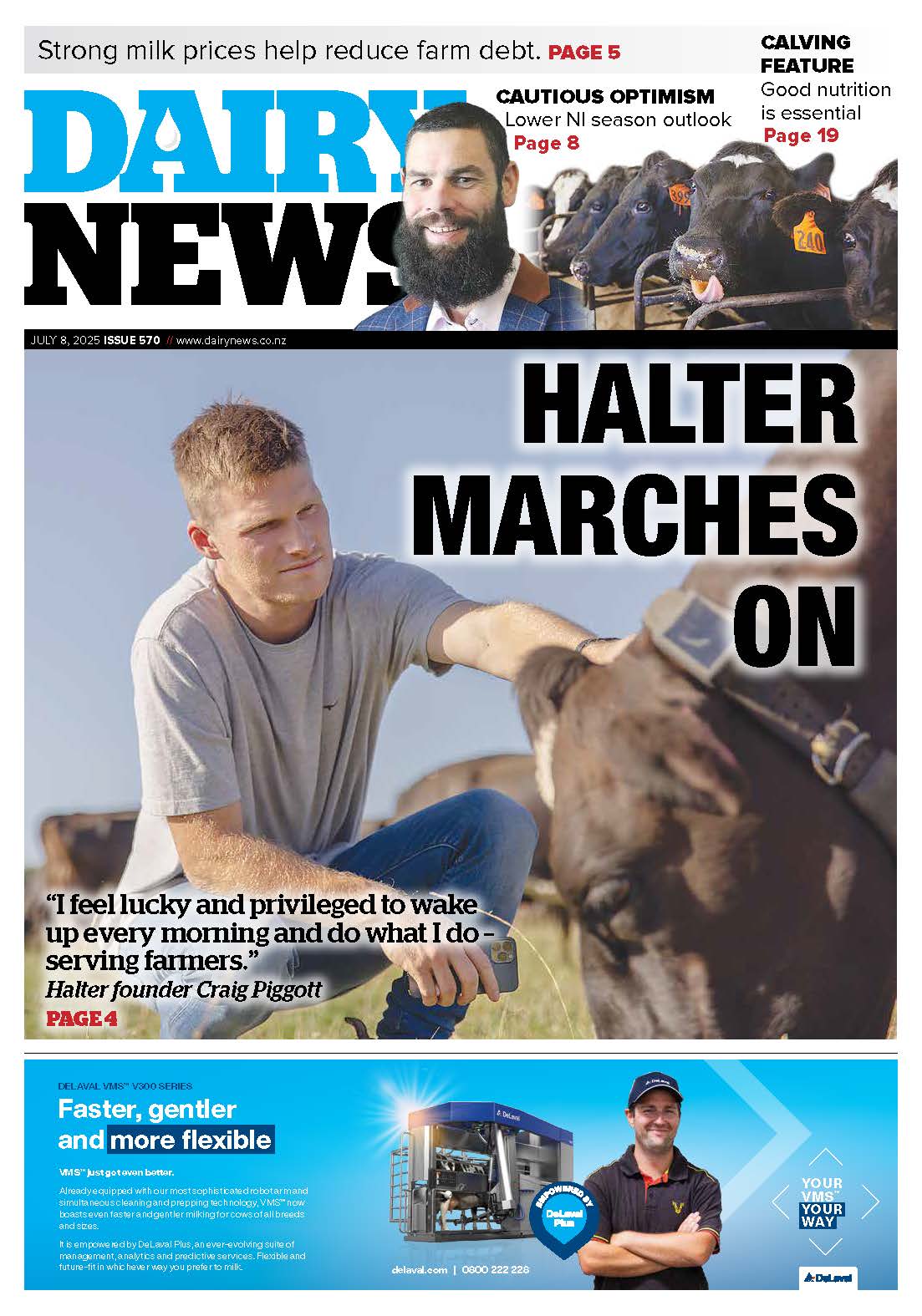WARMER WEATHER is making a welcome return around the country, but when humidity rises, so does the risk of facial eczema, which can significantly affect milk production and animal health.
The disease can hit dairy and beef cattle, sheep, deer and goats, damaging the liver, affecting bile ducts and causing sensitivity to sunlight. For dairy cows, even the early stages can result in a drop in milk production. For maximum protection, DairyNZ recommends starting zinc treatment two to three weeks before the high-risk period.
Fungal spores growing in pasture – especially fresh, new grass, are the root cause and spore counts increase where grass temperatures are above 12 degrees for three consecutive nights. Counts can vary from farm to farm and even between paddocks.
"It's a sad fact that often ideal grass growth conditions, such as warm wet weather are also ideal for facial eczema spores. It is not always easy to detect facial eczema in its early stages," says Ballance Agri-Nutrients Agro-Science team member Jackie Aveling.
"Often farmers are unaware of the full extent of a facial eczema problem until it's too late. For every three in a hundred cows showing clinical signs of facial eczema, that can be the tip of the iceberg with subclinical cases potentially involved up to 70% of the herd. We know the disease can cause production losses of up to 50%, so we are recommending a preventive strategy as the best course of action."
Zinc treatment from late December through to May is the most commonly used method to help prevent facial eczema. Another popular option is dosing troughs with zinc sulphate, however this can put the herd off the water.
Symptoms
· The first sign of facial eczema is a drop in milk production occurring soon after the intake of toxic spores (subclinical FE).
· Cows are restless at milking time, seek shade, and lick their udder.
· Another drop in production occurs when physical symptoms (clinical FE) become obvious.
· Check unpigmented or thin skin, which thickens and peels because of sun sensitivity.


















